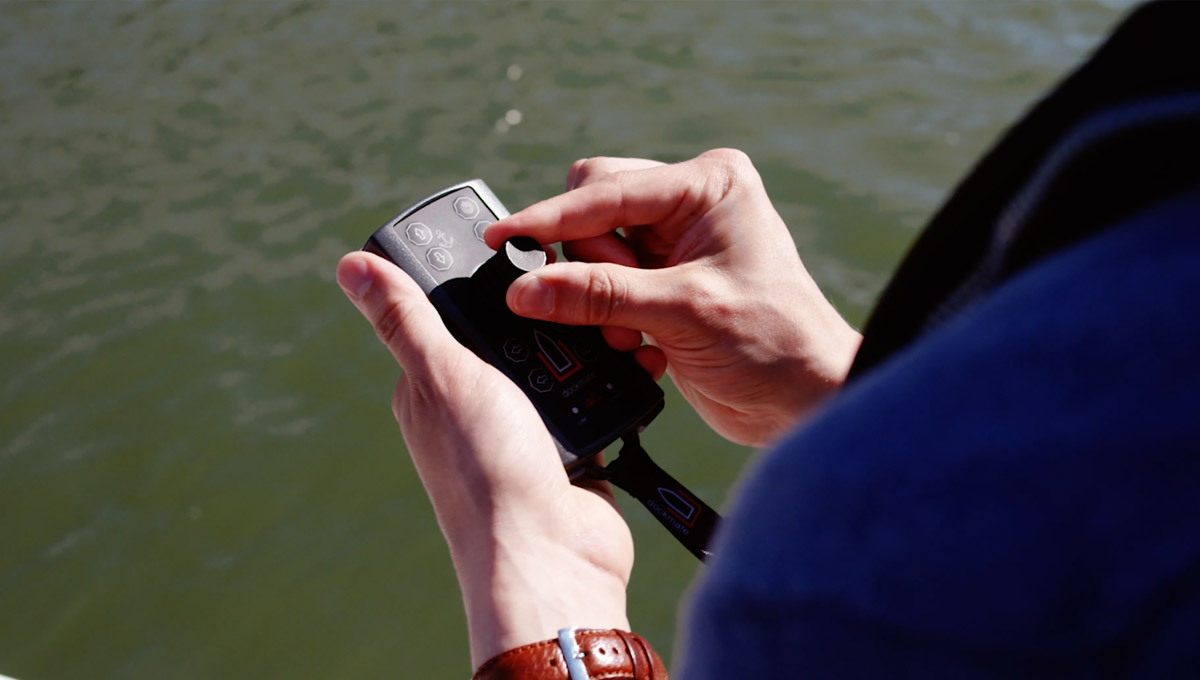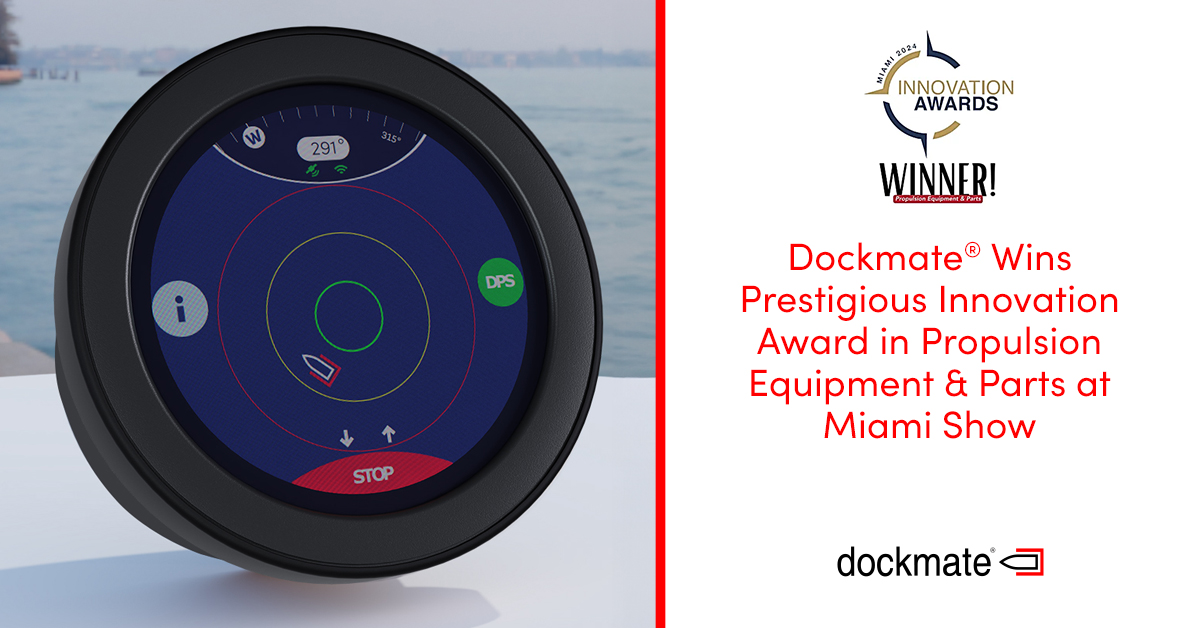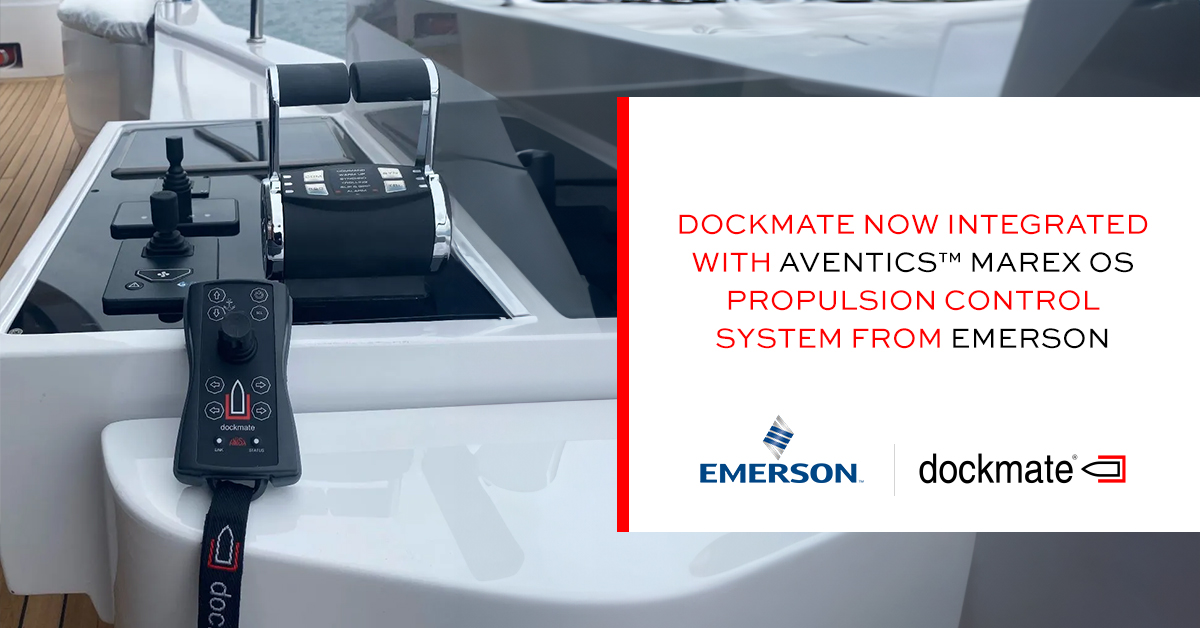Boortmeerbeek, Belgium – Dockmate, the leading manufacturer of advanced wireless remote controls for yachts, announced today the launch of a new feature for their wireless remote control systems – ThrusterHold.
Enabling captains to keep the thrusters engaged to port or starboard at a certain level in order to hold the boat pressed against a jetty, pier or other boat, ThrusterHold makes it easier for captains to moor their boat. While a similar feature has been offered by some thruster controls OEMs, this is the first time this feature is available on a wireless remote control.
Dockmate ThrusterHold is now available on Dockmate TWIN, SINGLE and TWIST. The feature is compatible with all supported CAN bus thruster controls for proportional thrusters, including Sleipner S-Link, VETUS V-CAN, ABT-TRAC Link and CMC-CANopen. Systems that have integrated with Dockmate’s protocol will also benefit from this new feature, provided they use proportional thrusters. More third-party CAN bus thruster controls will benefit from ThrusterHold in the future as well.
ThrusterHold in action:
“We’re very pleased that Dockmate is showing an interest in our thrusters and developing integrated solutions and features that help users get the best out of our products,” said Pietro Cappiello, Vice President, CMC Marine. “Our focus has always been to manufacture products of the highest quality, innovation and reliability and Dockmate mirrors these values with the innovation and reliability of their remote control systems.”
“We’re excited to bring ThrusterHold to our customers as another innovative solution to make their yachting experience even better,” said Dirk Illegems, President of Dockmate. “Our team has worked tirelessly to ensure that this feature is not only compatible with our currently supported systems, but that it will also work with other CAN bus thruster controls in the future.”




